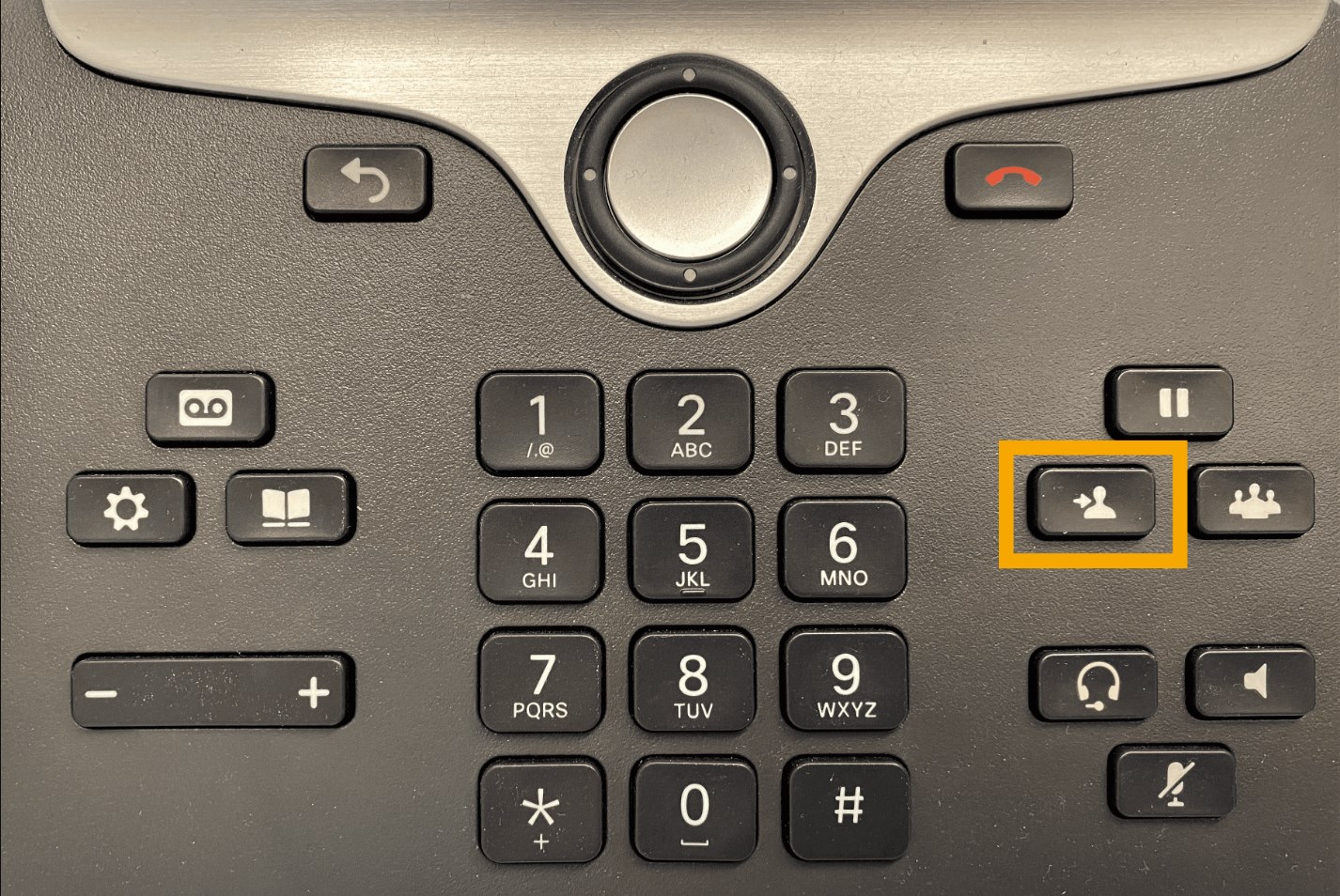How To Transfer A Call?
Transferring a call is a fundamental skill for any customer service representative. Knowing how to properly transfer a call is essential for creating a positive customer experience and ensuring that each caller gets the help they need. To transfer a call successfully, customer service representatives must be familiar with their company’s phone system and be able to execute the transfer process quickly and accurately.
Customer service representatives
To begin, customer service representatives should be familiar with the various types of transfer options available to them. The most common type of transfer is an “attended transfer”, in which the customer service representative stays on the line until the call has been successfully transferred to the other party. An “unattended transfer” is when the customer service representative hangs up after initiating the transfer and does not stay on the line. It is important to be aware of the differences between these two types of transfers so that the customer service representative can choose the most appropriate option for the situation.
Once the customer service representative has determined which type of transfer to use, they must be able to execute the transfer correctly. The exact process for transferring a call will vary depending on the phone system being used, but typically the customer service representative will need to dial an additional number or press a certain set of buttons on the phone. It is important to be familiar with the phone system and the steps required to transfer a call before attempting to do so.
When transferring a call, the customer service representative should always take a moment to explain to the caller what is happening and why. This will ensure that the caller is not surprised or confused by the sudden change in who they are speaking to. Additionally, the customer service representative should always be sure to give the caller the name and contact information of the person they are being transferred to so that the caller knows who to speak to.
It is also important to stay on the line until the transfer has been completed. This will ensure that the transfer is successful and that the caller has been connected with the correct person. The customer service representative should also be prepared to assist the caller further if the transfer does not go through or if the caller has any further questions or concerns.
Finally, it is important to remember that transferring a call is a skill that takes practice and patience. With time and experience, customer service representatives will become more efficient in transferring calls and ensuring that each caller’s experience is satisfactory.
Steps to Transfer a Call
- Determine the type of transfer to use.
- Execute the transfer process correctly.
- Explain to the caller what is happening and why.
- Give the caller the name and contact information of the person they are being transferred to.
- Stay on the line until the transfer has been completed.
- Be prepared to assist the caller further if the transfer does not go through.
Common Mistakes to Avoid when Transferring a Call
- Not being familiar with the phone system and the steps required to transfer a call.
- Not taking a moment to explain to the caller what is happening and why.
- Not giving the caller the name and contact information of the person they are being transferred to.
- Not staying on the line until the transfer has been completed.
- Not being prepared to assist the caller further if the transfer does not go through.
Advantages of Transferring a Call
- Creates a positive customer experience.
- Ensures that each caller gets the help they need.
- Allows customer service representatives to quickly and accurately execute the transfer process.
- Avoids surprises or confusion for the caller.
- Enhances the customer service representative’s efficiency in transferring calls.

